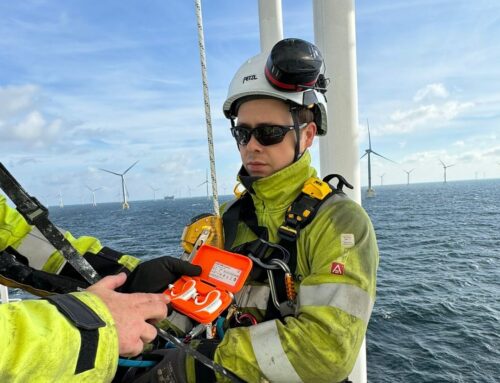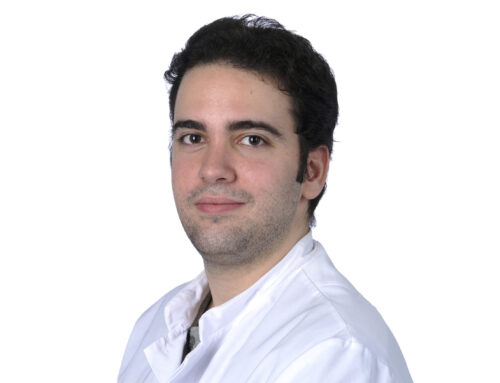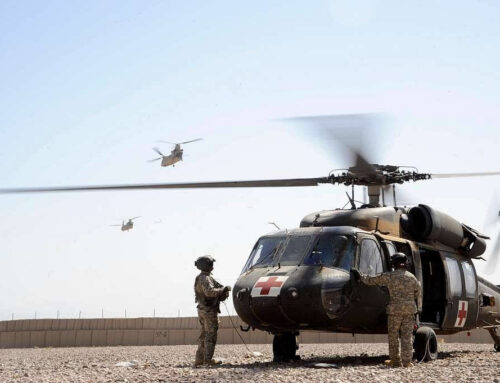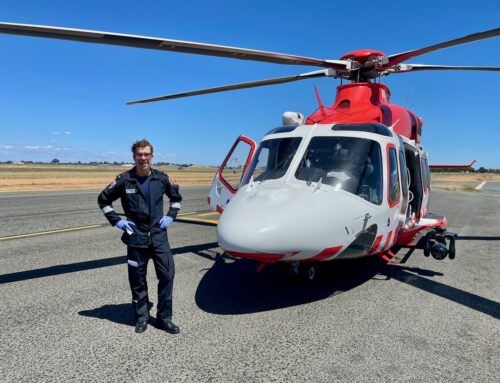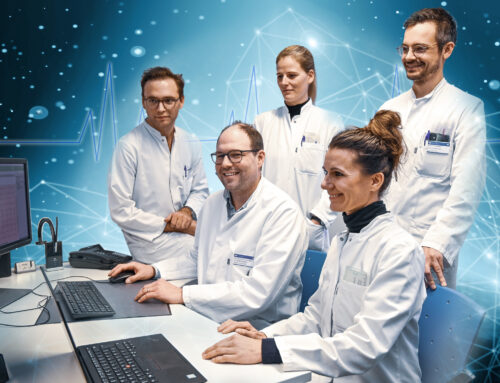The incredible work of medics in military operations
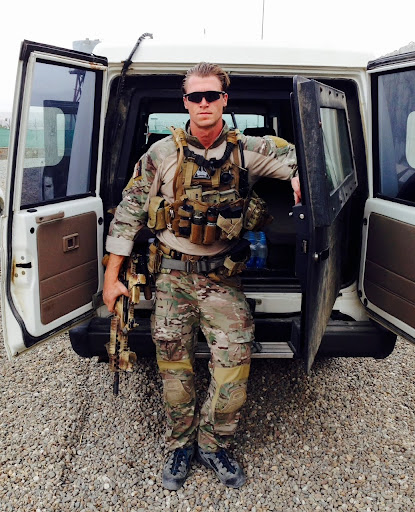
Rescue missions in the military sector and especially special operations not only present medical teams with extraordinary challenges, but are also very dangerous for patients and soldiers. Hostile and remote areas, opposing combat forces, weather conditions, limited access to medical care, and long and complicated routes to clinical facilities require specialized solutions to safely care for patients.
This is exactly where the former medical advisor to the Bundeswehr’s Special Forces Command, Kevin Krausse, worked for over 12 years. Today, Mr. Krausse supports our sales team with his experience, know-how and network to provide medical teams with the technology that can effectively support their work.
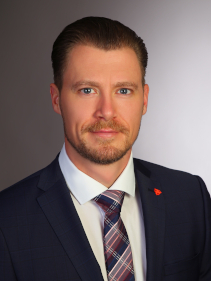
About the interviewee:
Kevin Krausse, Medical consultant for the Bundeswehr, worked for the Bundeswehr for over 12 years and has extensive operational experience as well as expertise in operational planning and leadership. As a medical consultant, his focus was on supporting and leading medical and emergency teams in various operational scenarios.
Mr. Krausse, you mainly worked as a medical leader and advisor in the German Armed Forces. How did you come to this?
After graduating from high school, I was called into basic military service and coming from competitive sports, the camaraderie, the team spirit and the physical challenge appealed to me very much, especially in the area of the elite units.
You were also active in the KSK (Special Operations Forces), which is a very prestigious position. Many relevant special operations forces around the world look to the KSK. At the KSK, you were also responsible for medical care. Can you tell us more about your activities there?
After previous assignments in the specialized forces of the German Armed Forces, I was recruited by the KSK in 2011 for a team leader position in the field of medical support for the special forces, which I filled after an 18-month medical/tactical training with the US Special Forces. In the main focus, I was responsible for the following with my team, including doctors:
- the planning and implementation of rescue chains in various countries/regions of operation
- Basic medical care in operations and on exercises
- Emergency medical care during missions/special operations
- Advisory for higher ranked decision makers
- Medical training of various tactical forces
What special challenges did you and your colleagues have to face in medical care at the KSK?
The biggest challenge or special thing about the job was the independent/self-reliant work with the tactical elements and the great responsibility associated with it, without having a real fallback level. Most of the time, you were responsible for a lot of people during the missions and only equipped with a small emergency ambulance/intensive care unit in the form of a backpack on your back. Our equipment contained the best and newest, but we were still very limited in scope.
Can you give us a rough impression of what a common deployment scenario looks like and what tasks and responsibilities you have?
Much is now known about the KSK and its tasks. Nevertheless, I do not want to go into too much detail on this question. To put it simply, we were given an assignment, immediately afterwards we went into planning the implementation with all responsible persons, and finally instructed all persons including the leadership team.
Here I was responsible for the risk assessment and advice on the tactical elements, the rescue chain (how does the injured person get to the clinic), the special material to be carried such as e.g. blood products, agreements with external players such as helicopter crews, etc. If our plan was approved, I then of course accompanied the elements and ensured medical care and evacuation if necessary.
What would the same scenario look like if you were to use the mobile cosinuss° patient monitor?
It would have made a lot of things much easier. Often initially, I was alone responsible for the patients and especially in the first few minutes there is too much to do at the same time so with the injured you are limited to feeling pulse and blood pressure at the beginning, observing / feeling breathing and weighing up whether it is sufficient / efficient. With very critical patients and if the situation allowed, I got a colleague who counted the values for me precisely or I had the opportunity to connect monitors later on, but only in the helicopter on the return flight.
The only easily usable monitor was the finger pulse oximeter for oxygen saturation and pulse, which I always tried to use as early as possible, but unfortunately it was not always usable or reliable due to the well-known disadvantages of peripheral measurements.
The cosinuss° patient monitor would have been much better and also easier to use, especially since it provides me with more data, especially if the blood pressure can still be established and everything can be viewed in real time via the app. It would be also very helpful if other players in the rescue chain such as receiving clinics can access the data and the historical curves of the vital parameters.
How did you become aware of cosinuss°?
The c-med° alpha was recommended to me as a new and interesting tool by an acquaintance from the field of tactical emergency medicine.
You have already tested the mobile cosinuss° patient monitor yourself. What added value does this technology offer you in special operations?
It simplifies the work on the patient, creates “free hands” and makes your head a bit freer, as you no longer have to have the constant thoughts of the possible change in vital parameters or the associated reassessments so superficially. It is also easier to use, as it measures centrally, holds better in its position and can also be additionally fixed with simple means such as a hat, which is usually essential for heat retention anyway.
Again, I would like to emphasize that if the additional planned features are available, you would have a small device that covers all important vital parameters in monitoring. That would be absolutely groundbreaking in my eyes and I definitely think about it from time to time or have conversations about what might have been easier or better on some nights if you had had this opportunity.
In which (other) areas do you see the future use of the cosinuss° patient monitor?
Coming from the special operations forces, I also see areas of application in training and education. With the possibilities of this simple monitoring this could also allow conclusions to be drawn, e.g. resilience, and could thus support psychological screenings. It could be used for areas of human performance enhancement and optimization in special operations forces or for competitive athletes.
For tactical emergency medicine, it is also highly valuable for the area of Prolonged Field Care (PFC). This is referred to as intensive care medicine and nursing work. In my opinion, the product would be the ideal all-rounder, especially because of the small, light pack size compared to other patient monitors.
In the clinical setting as well as in pre- or post-operative patients (at least for most routine procedures), the c-med° alpha is certainly sufficient and makes life easier for both patients and staff, but also for monitoring in emergency rooms or peripheral wards.
Extreme sports or high-risk professions are also an exciting field in my opinion. Extreme mountaineers, divers, companions of expeditions in difficult climate and vegetation zones also benefit from the use.

